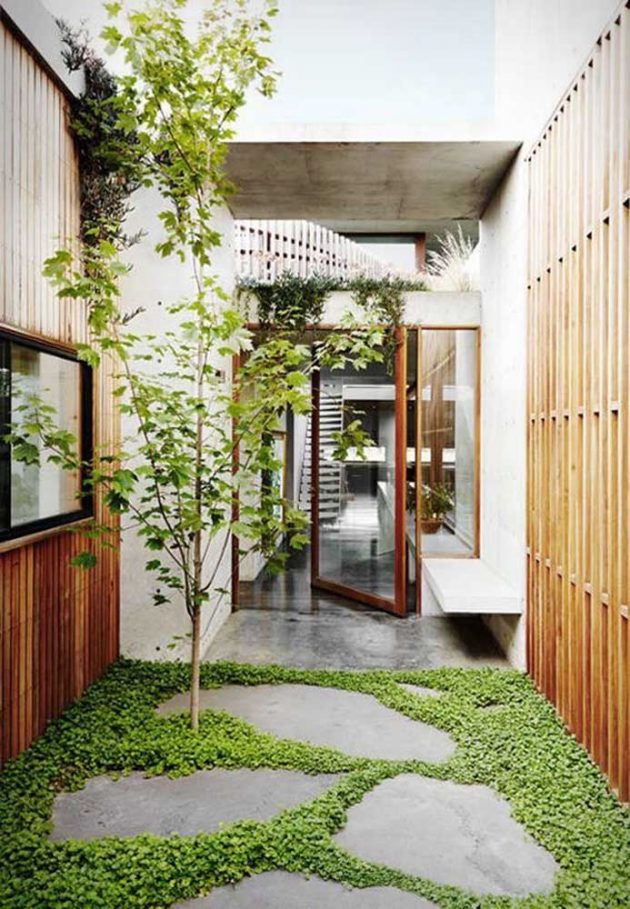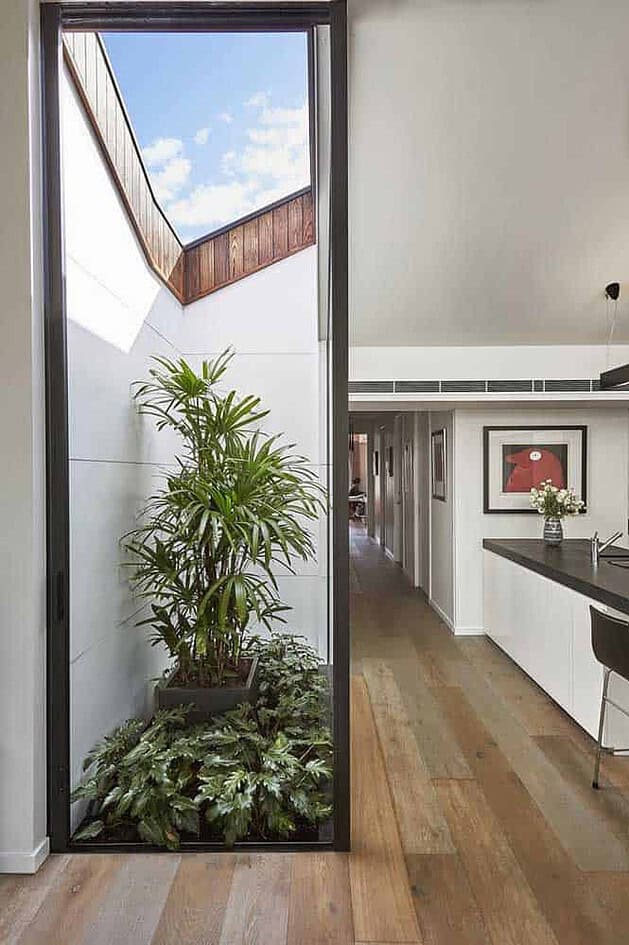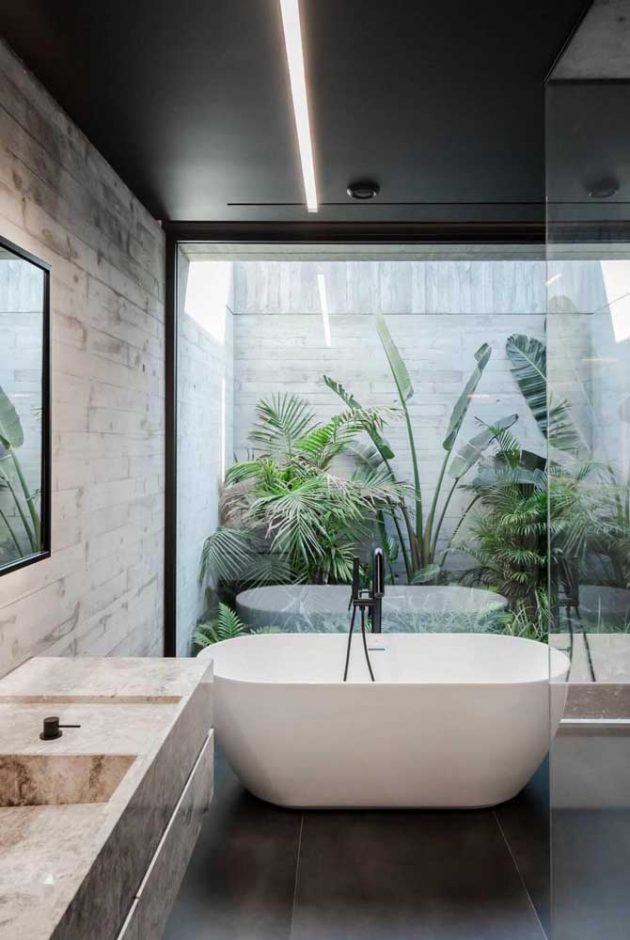A simple winter garden is the best way to bring nature indoors and thus create an atmosphere of calm, peace, and tranquility. But to have this little space of contemplation in your house is not enough to fill the place with vases and plants. It is important to plan every detail to ensure the health and vitality of the plants, as well as, of course, a beautiful and cozy environment.
Come see the tips we brought below and learn how to make a simple winter garden.
How to make a simple winter garden
Set a location
Start planning your simple winter garden by defining the location where you want it installed. As a rule, most of these spaces are usually built-in spans and unused areas of the house, such as the classic space under the stairs. However, you can go further and look for other interesting places for your winter garden. It can be a corner in the living room, kitchen, or even in the bedroom.
Most important of all is that it is well lit. The location doesn’t need to receive direct sunlight, but it must have enough light for the plants to carry out the process of photosynthesis.
Plan your garden style
The traditional winter garden is the one set up in beds inside the house. In this type of garden, the plants are placed directly in the soil. However, depending on the space you have available, the winter garden can also be mounted vertically. That is, you create a panel of plants on the wall.
Another way to make a simple winter garden is to gather lots of different species in the same place. Nowadays, this type of composition has become very well known thanks to the urban jungle style.
Time and dedication
Another key detail for the success of your winter garden: time and dedication. This means that the person responsible for the care of the garden needs to open a space in the agenda to dedicate himself to the plants. Some will require more care, while others are not demanding at all.
Thinking about it, choose the plants according to the time you have to take care of them, ok?
Choose the right plants
Speaking of choosing plants, we’ve selected below some species that are great for growing indoors, as they don’t need direct sunlight. Just take a look:
- Peace lily
- lambari
- dracaena
- Begonia
- maranta
- Orchid
- pepperoni
- Ficus
- palm tree fan
- Bamboo
Except for maranta and orchid, all other species are easy to grow and require little maintenance and care, in addition to being very resistant to pests.
What about a winter garden with direct sunlight? If your winter garden receives direct sunlight for a few hours of the day, it is possible to expand the range of plant options to grow, including even aromatic herb species and, with a little more space, you can even plant fruit species. . See some suggestions:
- Lavender
- Rosemary
- cactus
- succulents
- Small fruit trees like guava.
Fertilization and care
The winter garden almost always receives a reduced amount of light, as it is indoors. To compensate for this lack of light, it is important to ensure the health of the plant through regular and periodic fertilization.
Most foliage species do well with NPK 10-10-10 formulas, which are well-balanced and contain the most important macronutrients. To reinforce the cultivation, you can still offer organic fertilizer, such as earthworm humus, castor pie, and bokashi. Pay close attention to watering. Indoor plants should be watered according to the climate and temperature. In the hottest times of the year, offer water every day. On cold days, watering should be more spaced.
Also ensure that the winter garden has a good drainage system, this way you prevent water from accumulating in the soil and causing the appearance of fungi, as well as causing the roots of the plants to rot. Another important tip: avoid planting plants that have different needs side by side, such as, for example, a cactus that likes sun and little water next to a singônio that prefers low light and lots of watering. Distribute regularly and respect the characteristics of each species.
From time to time, check the leaves, stems, and other parts of the plant to see if there are any pests in the garden. If you notice the presence of aphids, mites, or mealybugs, the most common pests, apply neem oil to contain the infestation. Yellowing leaves that come off the plant easily can indicate that you are over-watering. Keep control!

















